Marriage in India is totally different as of western Marriages. A marriage for Indian women matters a lot and a average Indian women’s life gets completely changed after marriages. This is start of real womanhood for her. A Women since its birth moves through the various changes like puberty, Marriage, motherhood, Menopause etc in life. Indian vatic culture had given a equal place to Indian women but with the passing time Indian Males dominated society imposed so many redistricting on the Indian women. Now Indian women are emerging once again and they have start securing their position once again. In this article I’ll try to bring some light over Indian women and marriage system in India :
Women and marriage in Vedic Era: Hinduism or more precisely Sanatana Dharma took its first shape somewhere around 2000 BCE. Indian subcontinent first got introduction to social ranks and the rules regulation beliefs and ditties got their place to form strong social structure. Earlier social structure considered Women as sacred as femininity has power to give births. So you can find feminine deities associated to nature and womanhood everywhere in Hindu texts. A Slok of Veda recites:
“Yatra Naryastu pujyante ramante tatra devta”
God resides there where women are considered as sacred.
Women in ancient India had a prominent place in society. They were responsible for giving birth to new life and taking care of families well being. They were given the place in all sacred penance. This was the time when Indian women were important pillar in structuring the social fort.
Marriage in ancient was having as many rituals and customs as it has today. There were 8 types of marriage described in Hindu text.
Girls were not a obligation for parents but they were considered as power of god. Sex was not taboo in ancient India. Many scholars of ancient time believed that a sacred way of making love can get you to the god. According to Hindu text Shiva is a Form of purush(Manhood) and Shakti is Nature (or womanhood) and a sacred union of these two have brought life to the world. The philosophy, Society, and science were on peak in ancient India, if believe to Vedas and Upanishads. Widow marriage were allowed and there were no place for Sati pratha. Though its debatable issue that whether child marriage in practice or not? But most of the scholars believe basing vatsayan’s Kamasutra that marrying or having affair with girl aged less than 16 was not considered as a good practice.
Dowry was not in practice, though it was girl’s father’s wish to offer any gift or clothes to wedding couples. Most of the marriage described in Veda recommends to handover the daughter with a cow or any small offering for their well being. Interestingly in raksh Marriage it was Groom who has to pay a handsome amount of money to girl’s family in exchange of wedding to her.
In a nutshell Women were empowered in ancient India and their social place was equal to the man. They were allowed to choose their husband. In most marriages groom had to fulfill the conditions to marry a Maiden.
Women In Medieval India : Gradually India started facing attack of foreign invader. Responsibilities of Indian women became more important. But as the time passed and invasions increased the male dominated societies emerged. The Strongest reason for women’s position downfall was fear of invaders wrong doing. It was time when women were not secure. Invaders with their loot were interested in women. Here are many incidents where women were captured, enjoyed and sold for money.
Scholars believe that this was the time when parda pratha came in to existence. Women with the fear to outsiders started taking a veil to hide their beauty. Also with the social change women became the thing of enjoyment for fighting soldiers. In medieval period, every army had a Harem “A moving brothel”. Women in fear to be included in the harem started Johor (A custom in which women burn herself to save their dignity to invaders).
Such war and bloody situations came as a curse for Indian society and women. Peoples stated taking girl as their Heavy responsibilities. In order to save them from evil eyes child marriage came in the practice. Women were asked to stay at home and not speak to strangers. Widows were even worst situation they were most prone to get devastated. Here sati pratha (A custom by which women is forced to get burned with her husband’s corpse) came in to existence. Noting point is that this was only the rule for women.
Conditions worsened with hard practice of Dharma and castisim. It is said a good system is that which keeps on updating time to time but the social structure was being practiced was more than 2500 years old . Women became weaker and social structure got devastated.
Women In modern India : Indian in late 19th and early 20th century again identified the importance of women. British India also worked a lot to improve women’s condition. Raja Ram Mohan Roy, A social reformer and activist, fought to abolish sati pratha and successfully started a campaign to abolish the evil custom. Mahatma Gandhi also fought for women and harijan (A respectable address for lower strata of caste system). After Independence India passed a law against child marriage.
Widow marriage is encouraged in modern India. In late 20th century with many social reforms in introduction to Globalization Indian women are again emerging as a pillar of Indian Society. Women are playing their roles and gaining recognition. That day is not far when women will lead the India to its bright future. Indian women are on top positions in politics , business, games, films and in various other field. Soon a day will come when every citizen so Indian will pray for a girl child and girls will decide the fate of the future by nurturing present.

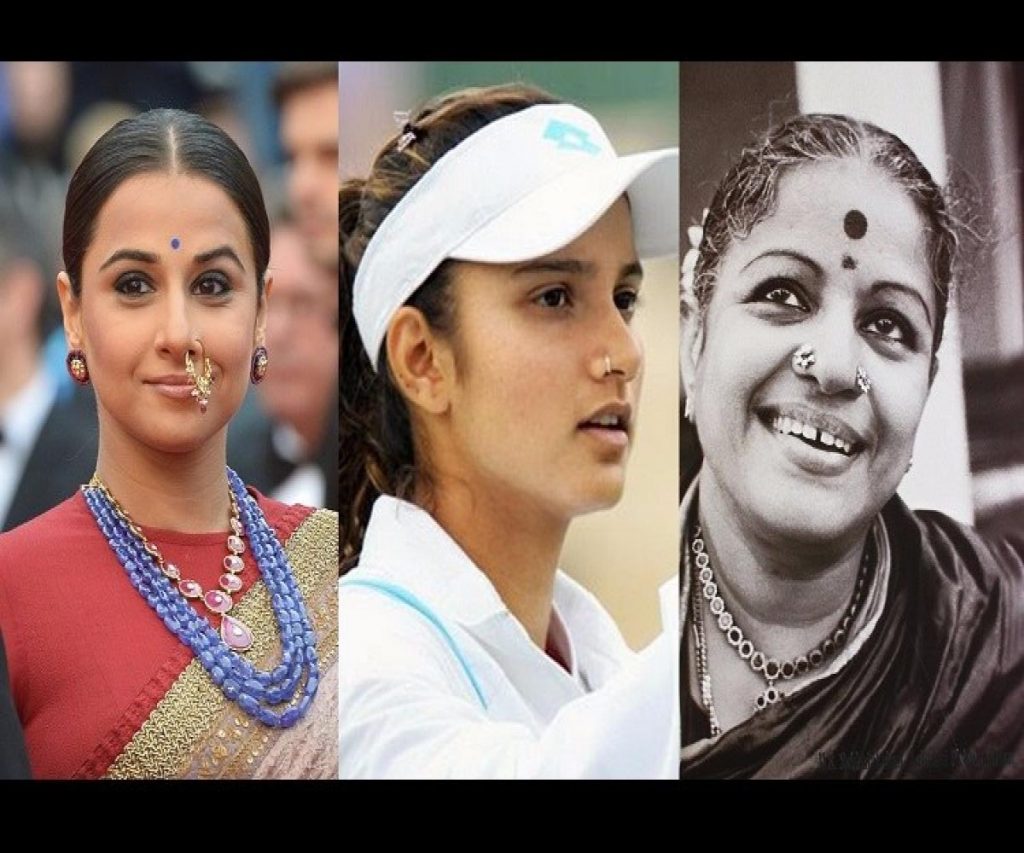










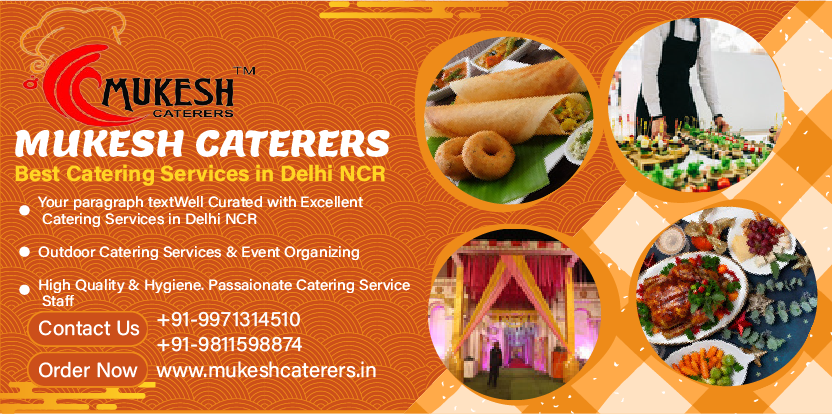

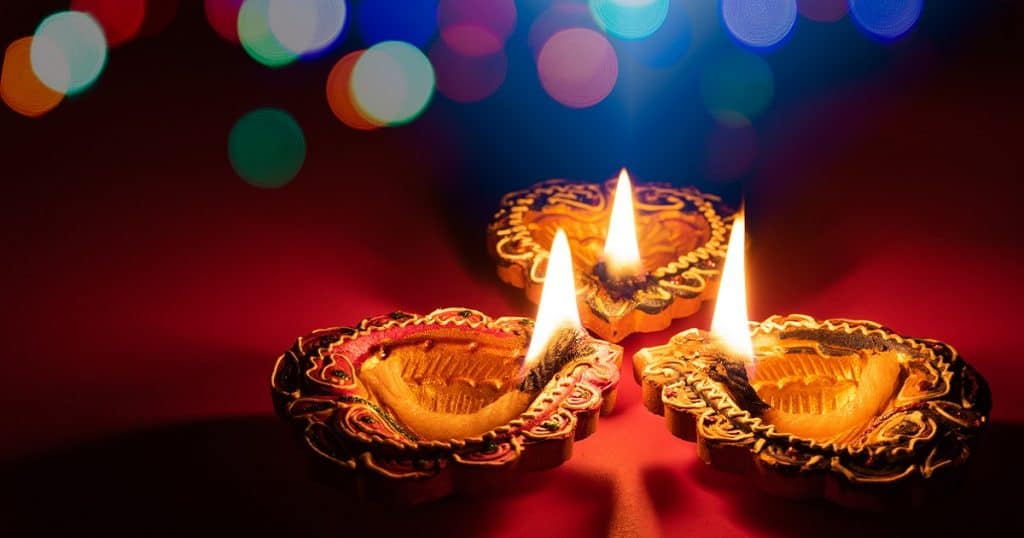
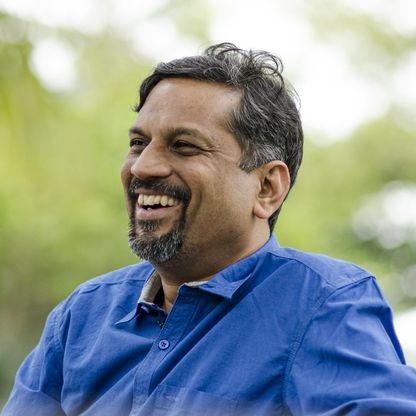


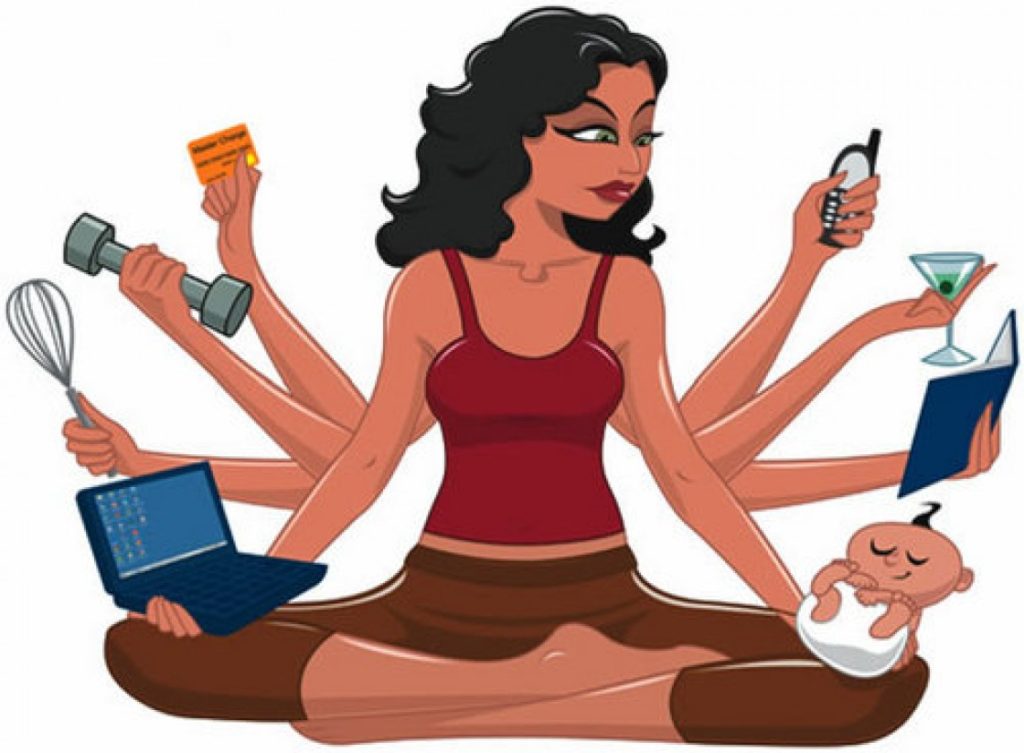



Leave a Reply